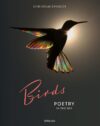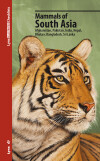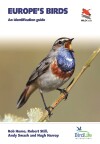New Book: Birdmania: A Remarkable Passion for Birds
October 19, 2017 | Comments (0)
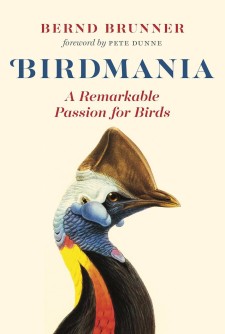 Birdmania: A Remarkable Passion for Birds
Birdmania: A Remarkable Passion for Birds
by Bernd Brunner
From Greystone Books:
There is no denying that many people are crazy for birds. Packed with intriguing facts and exquisite and rare artwork, Birdmania showcases an eclectic and fascinating selection of bird devotees who would do anything for their feathered friends.
In addition to well-known enthusiasts such as Aristotle, Charles Darwin, and Helen Macdonald, Brunner introduces readers to Karl Russ, the pioneer of “bird rooms”, who had difficulty renting lodgings when landlords realized who he was; George Lupton, a wealthy Yorkshire lawyer, who commissioned the theft of uniquely patterned eggs every year for twenty years from the same unfortunate female guillemot who never had a chance to raise a chick; George Archibald, who performed mating dances for an endangered whooping crane called Tex to encourage her to lay; and Mervyn Shorthouse, who posed as a wheelchair-bound invalid to steal an estimated ten thousand eggs from the Natural History Museum in Tring.
As this book illustrates, people who love birds, whether they are amateurs or professionals, are as captivating and varied as the birds that give flight to their dreams.
A wide-ranging look at some fascinating people – from Aristotle to con-men to Kenn Kaufman – who have succumbed to birdmania.
Birdmania: A Remarkable Passion for Birds
by Bernd Brunner
Hardcover; 228 pages
Greystone Books; October 24, 2017
ISBN: 9781771642774
$29.95


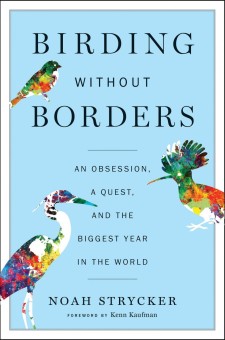 Birding Without Borders: An Obsession, a Quest, and the Biggest Year in the World
Birding Without Borders: An Obsession, a Quest, and the Biggest Year in the World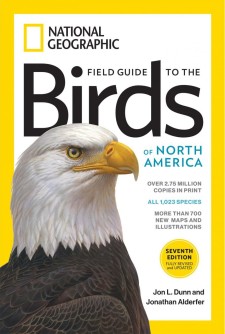 National Geographic Field Guide to the Birds of North America, 7th Edition
National Geographic Field Guide to the Birds of North America, 7th Edition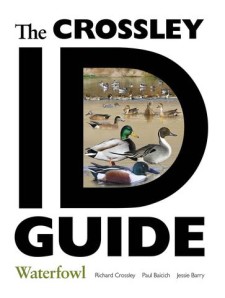 The Crossley ID Guide: Waterfowl
The Crossley ID Guide: Waterfowl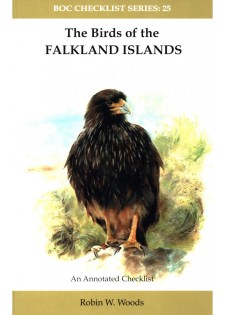 The Birds of the Falkland Islands: An Annotated Checklist
The Birds of the Falkland Islands: An Annotated Checklist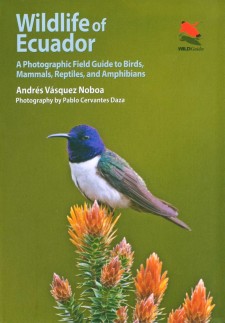 Wildlife of Ecuador: A Photographic Field Guide to Birds, Mammals, Reptiles, and Amphibians
Wildlife of Ecuador: A Photographic Field Guide to Birds, Mammals, Reptiles, and Amphibians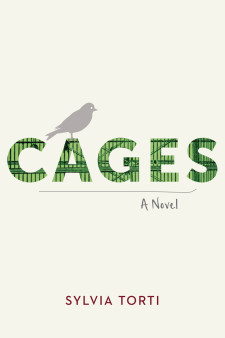 Cages
Cages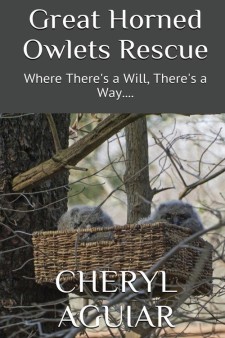 Great Horned Owlets Rescue: Where There’s a Will, There’s a Way
Great Horned Owlets Rescue: Where There’s a Will, There’s a Way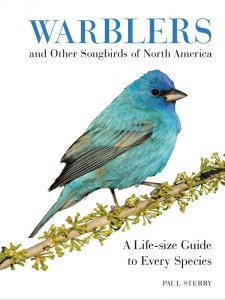 Warblers and Other Songbirds of North America: A Life-size Guide to Every Species
Warblers and Other Songbirds of North America: A Life-size Guide to Every Species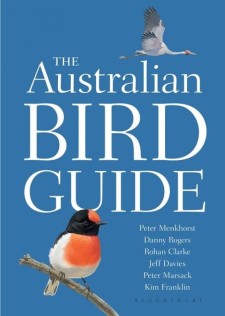 The Australian Bird Guide
The Australian Bird Guide



